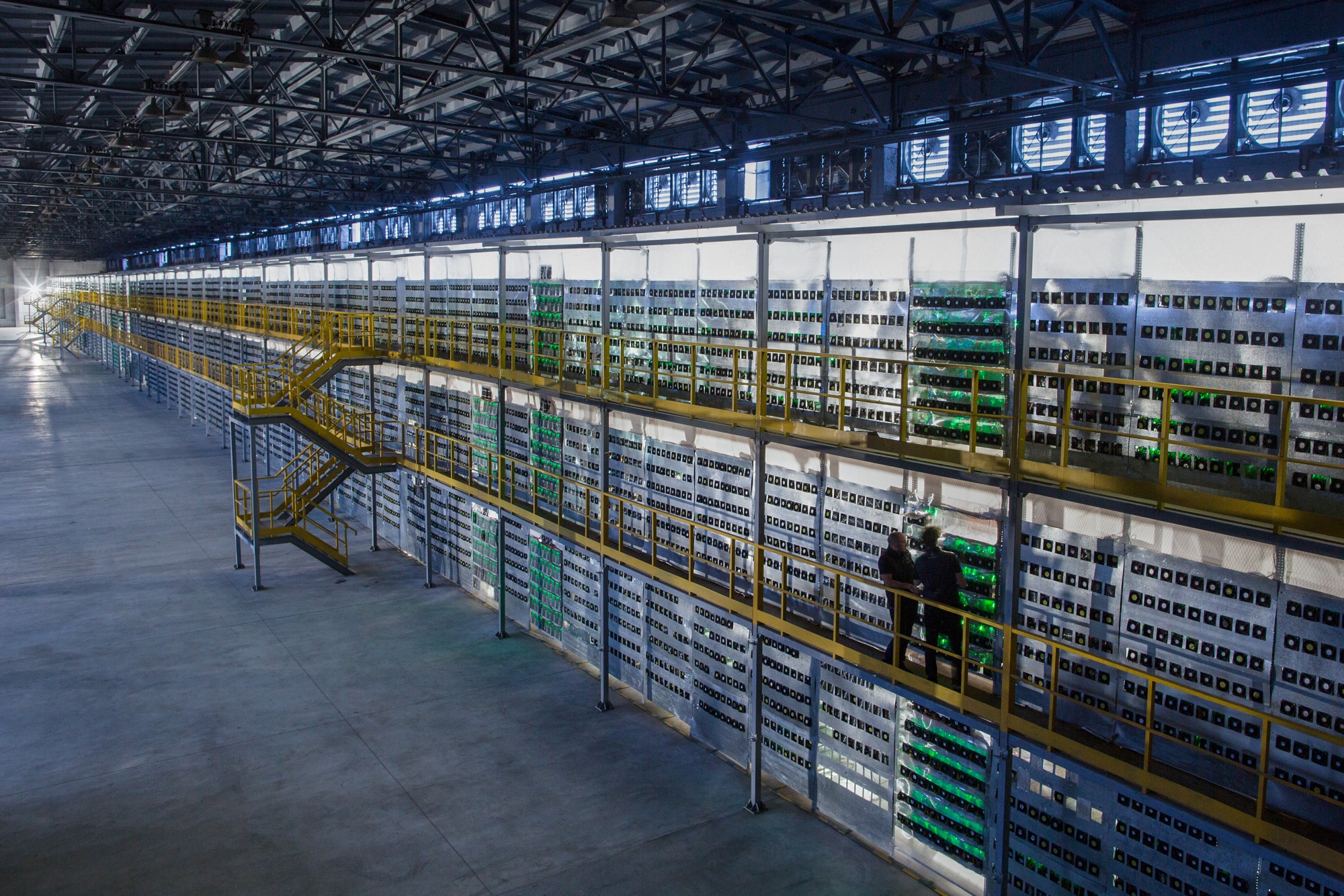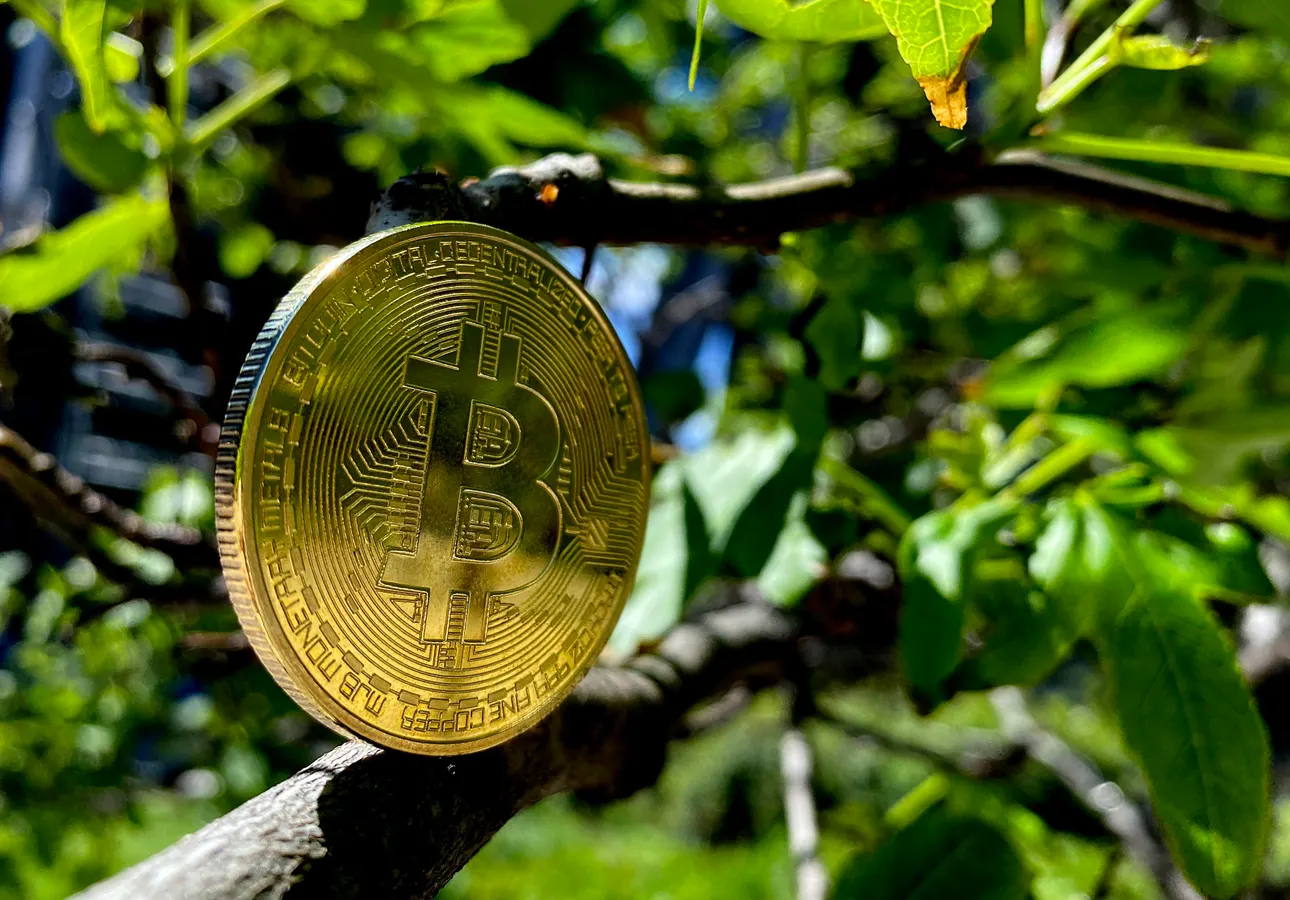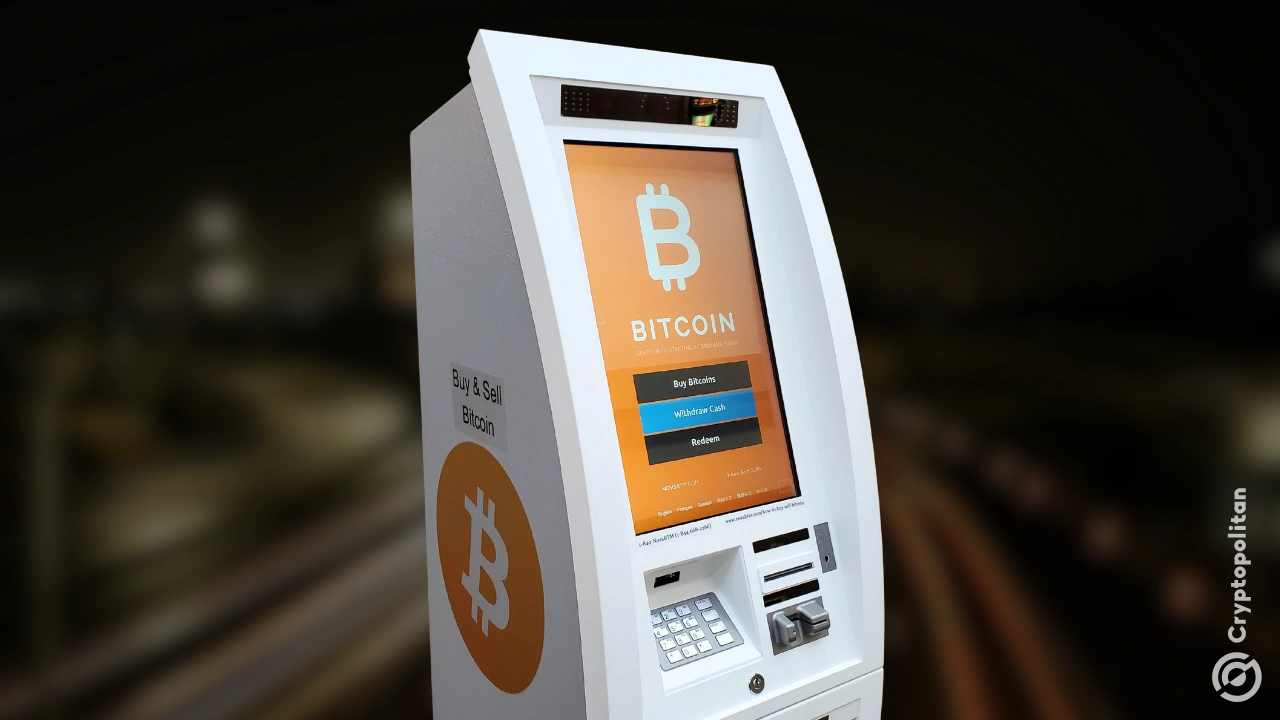The topic of Bitcoin’s energy consumption and its environmental impact is a subject of ongoing debate and analysis.
Energy Consumption
Mining Process: Bitcoin mining, the process by which new Bitcoins are created and transactions are verified and added to the blockchain, requires significant computational power. This process, known as Proof of Work (PoW), is energy-intensive.
High Energy Use: Bitcoin mining operations, particularly in regions where electricity is cheap, can consume large amounts of electricity. This has raised concerns about the sustainability and environmental impact of Bitcoin.
Comparison with Traditional Systems: While Bitcoin’s energy consumption is high, it’s important to compare it with traditional financial systems and other industries. Some argue that when compared with the energy usage of the entire traditional banking system or the gold industry, Bitcoin’s energy consumption is less concerning.

Environmental Impact
Carbon Footprint: The environmental impact of Bitcoin mining largely depends on the source of the electricity used. If the electricity comes from fossil fuels, the carbon footprint is significant. However, more miners are turning to renewable energy sources.
Renewable Energy Usage: There’s a growing trend in the Bitcoin mining industry to use renewable energy sources. Some mining operations are located in areas with abundant hydroelectric power, and there’s increasing interest in using solar and wind energy.
Technological Advancements: As technology advances, mining equipment becomes more efficient, using less energy for the same amount of computational power. This can potentially reduce the environmental impact over time.
Geographical Shifts: The geographical distribution of Bitcoin mining can affect its environmental impact. For example, crackdowns in countries that primarily use coal-based electricity can shift mining operations to countries with cleaner energy sources.
Bitcoin and Cheap Energy
Seeking Low-Cost Power: Bitcoin mining operations typically seek out locations with the cheapest available electricity to maximize profitability. This often leads them to areas with abundant renewable energy (like hydroelectric power) or regions with excess power capacity.
Bitcoin Farming as Grid Solution
Grid Balancing: Bitcoin mining can potentially act as a grid balancing mechanism. Miners can operate when there is excess electricity and shut down during peak demand or when supply is low. This flexibility can aid in managing the grid, especially with intermittent renewable sources like solar and wind.
Demand Response: Bitcoin miners can participate in demand response programs where they reduce or shift their electricity use to help balance supply and demand on the grid. This responsiveness can be financially incentivized and beneficial for overall grid stability.



